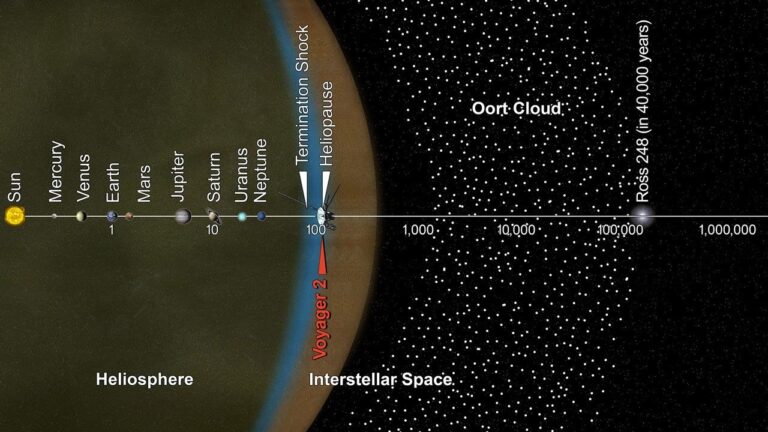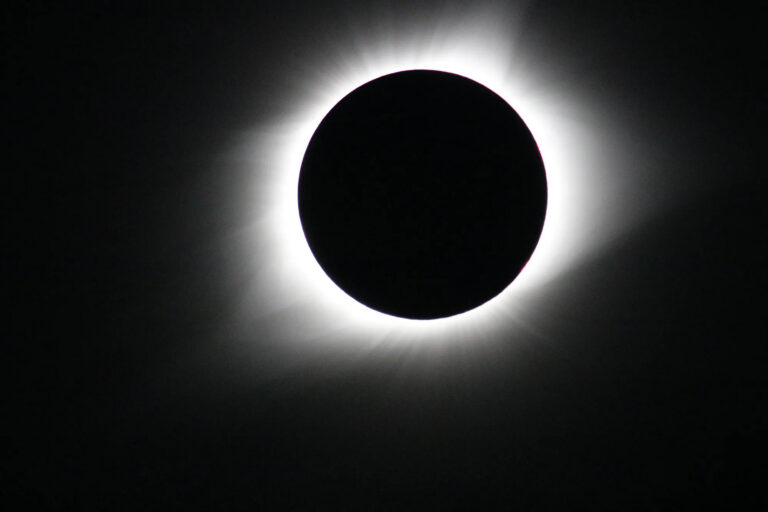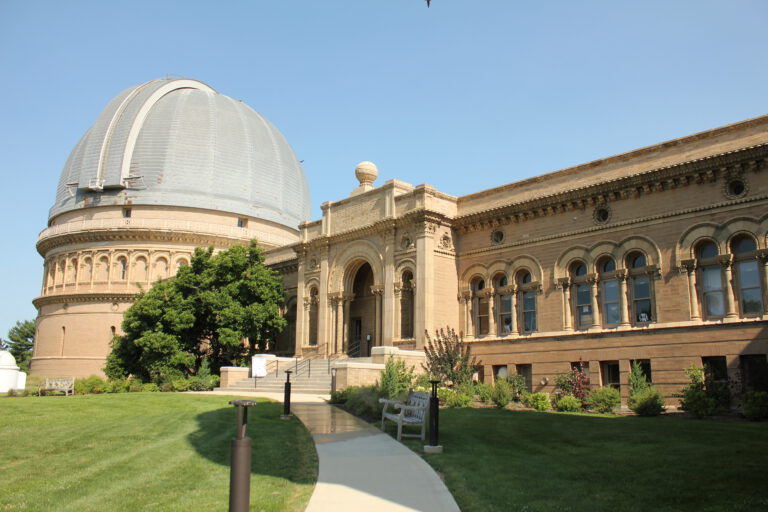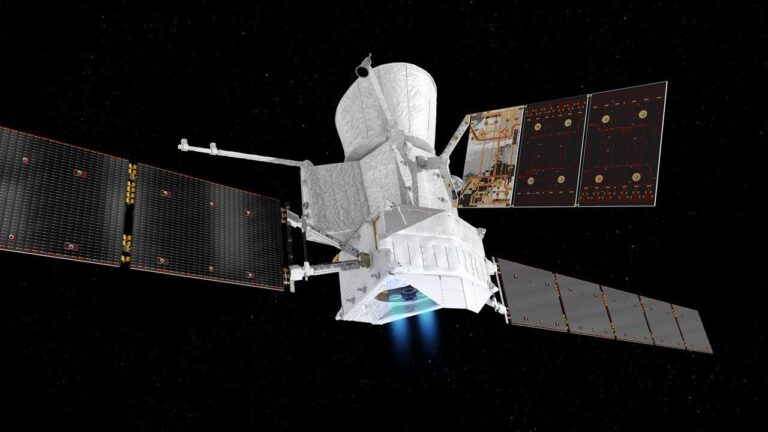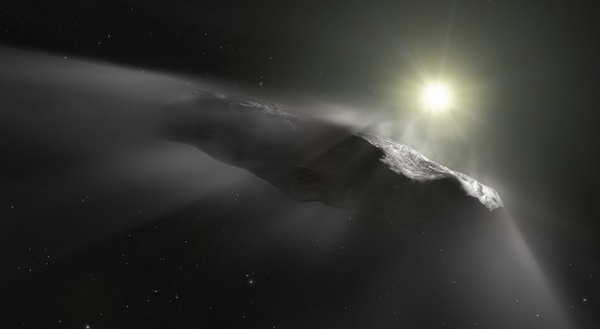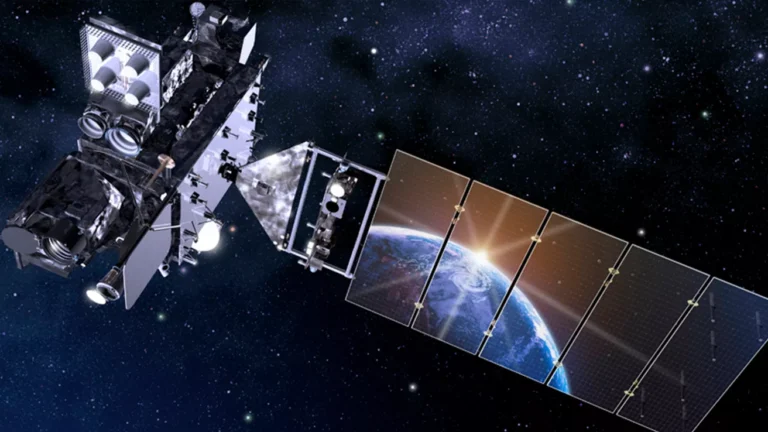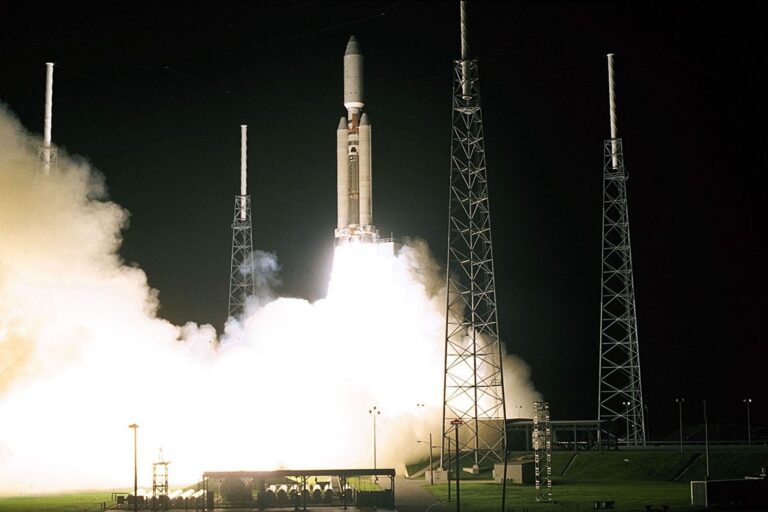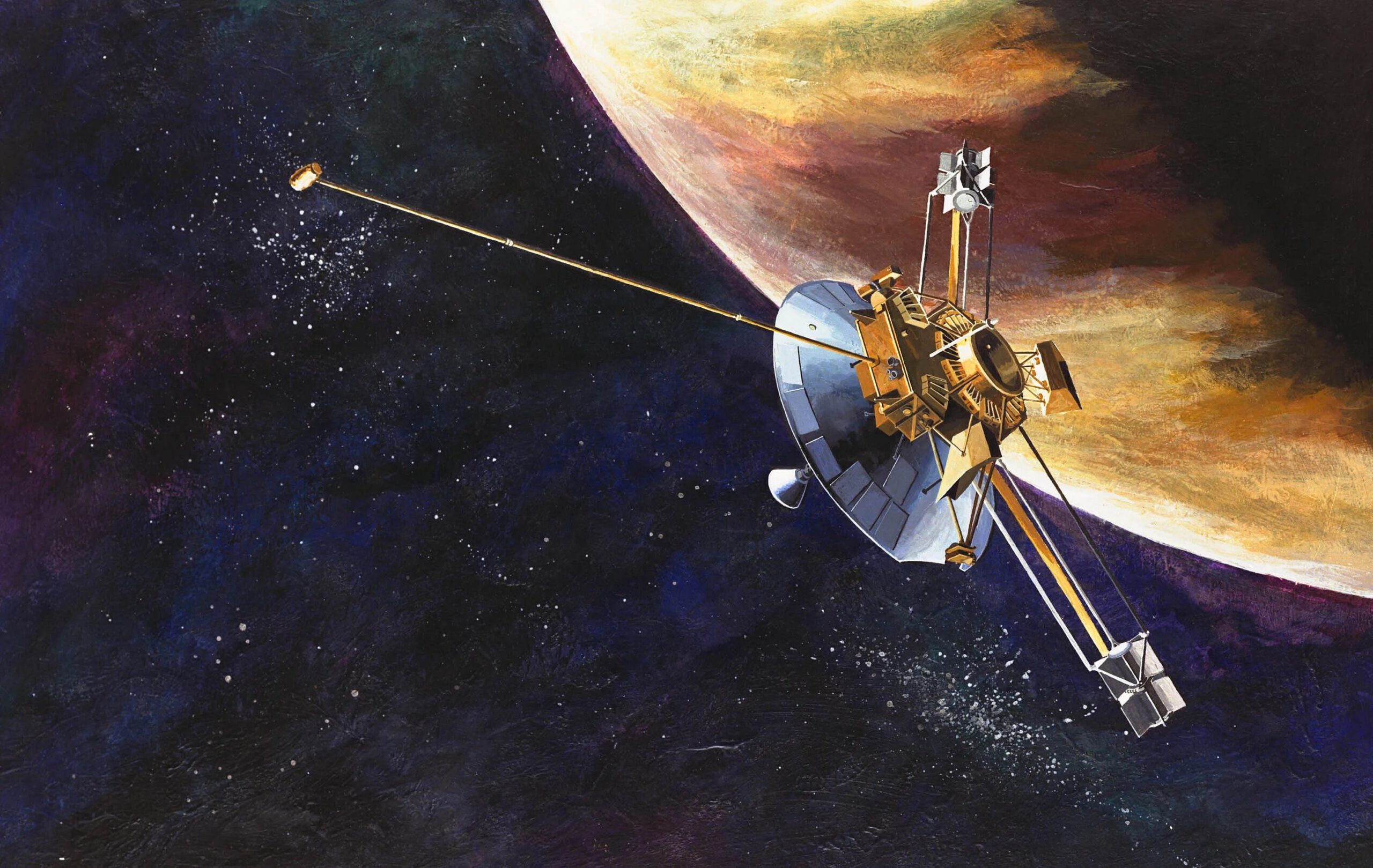
The forerunner of interstellar missions like Voyager 1 and 2 and New Horizons, Pioneer 10 was the first spacecraft to cross into interstellar space. Credit: NASA
Key Takeaways:
- Pioneer 10 achieved several unprecedented milestones in space exploration, including being the first NASA mission to the outer planets and the first spacecraft to traverse the asteroid belt and escape the solar system.
- The mission's primary objective was successfully completed, marking a significant advancement in planetary science and interstellar probe technology.
- Pioneer 10's operational lifespan significantly surpassed its initial design parameters, transmitting data for over 30 years.
- The mission's successful trajectory beyond Neptune's orbit served as a critical precursor for subsequent deep-space exploration endeavors, such as the Voyager and New Horizons missions.
Pioneer 10 holds the titles for many “firsts”: It was NASA’s first mission to the outer planets, the first spacecraft to fly beyond Mars, the first to traverse the asteroid belt, and the first to fly past Jupiter. It was also the first spacecraft placed on a trajectory to escape the solar system into interstellar space. On June 13, 1983, Pioneer 10 crossed the orbit of Neptune, confirming its path out of the solar system and paving the way for Voyager 1 and Voyager 2, as well as New Horizons. Designed for a 21-month mission, Pioneer 10 far exceeded expectations, returning data for over 30 years. Its last signal was received Jan. 23, 2003.

